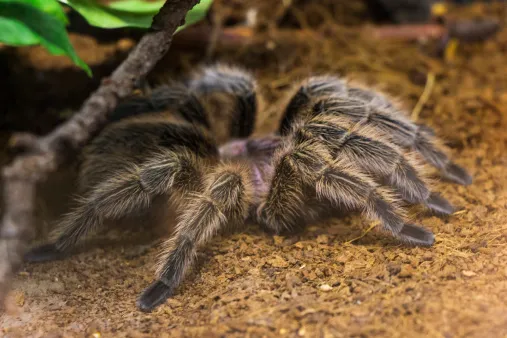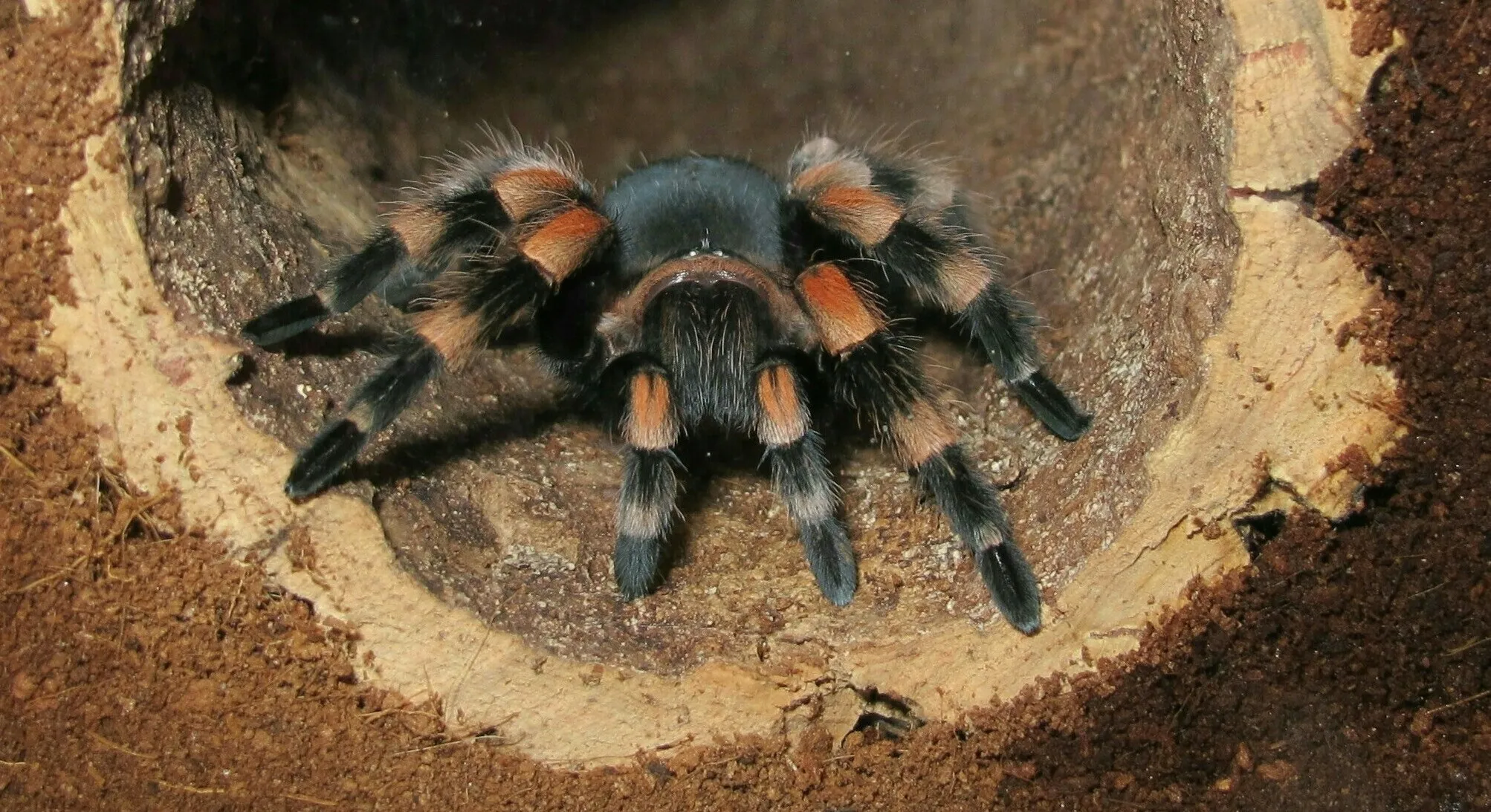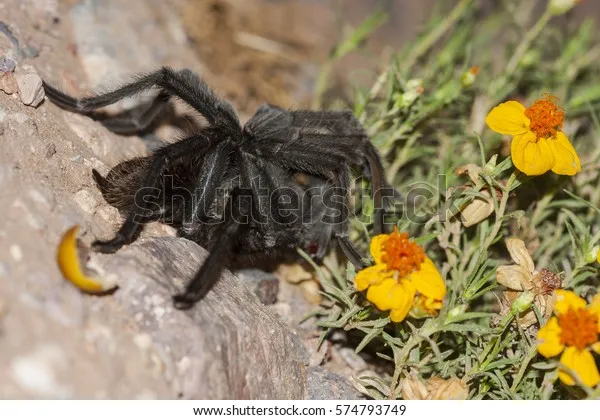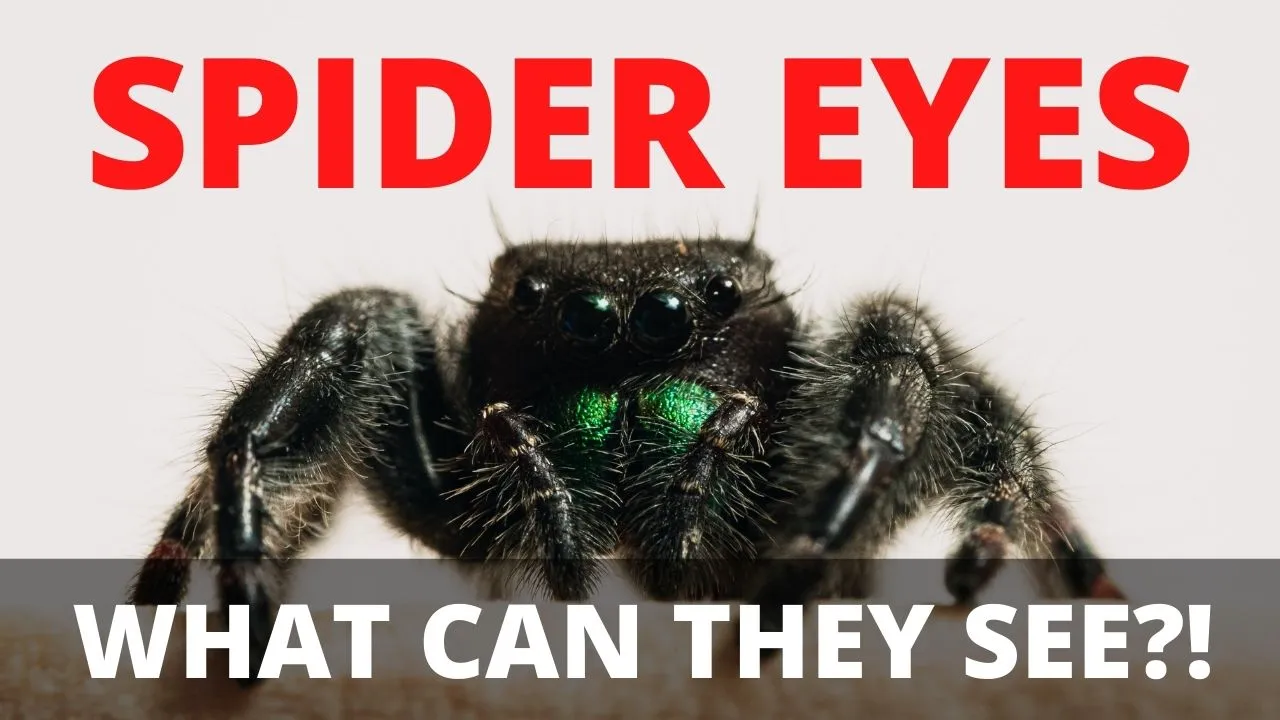Tarantula Hiding? 5 Reasons Why & How to Help!
Is your tarantula spending more time hidden than out in the open? It’s a common concern among tarantula owners, but understanding the reasons behind this behavior is key to ensuring your pet’s well-being. Tarantulas, despite their reputation, are often quite shy and can exhibit hiding behavior for various reasons. This guide will explore five common causes for tarantula hiding, providing insights into their behavior and practical tips on how to create a comfortable and stimulating environment for your eight-legged friend. By understanding these factors, you can better care for your tarantula and appreciate its unique personality. Discover the fascinating world of tarantula behavior and learn how to address hiding concerns effectively to promote a happy and healthy life for your pet. The journey to understanding your tarantula’s needs begins now.
Understanding Tarantula Behavior
Tarantulas, like all living creatures, have distinct behavioral patterns influenced by their instincts and environment. Understanding these patterns is crucial for proper care. Tarantulas are primarily nocturnal creatures, meaning they are most active during the night. During the day, they often retreat to their burrows or hideaways to conserve energy and avoid potential threats. However, excessive hiding can indicate stress, environmental issues, or other underlying problems. Observation is critical. Regular monitoring of your tarantula’s behavior can provide invaluable insights into its health and well-being. A healthy tarantula typically exhibits a balance between hiding and exploration. Careful observation will assist you in developing a strong bond with your pet and enhancing your ability to provide optimal care for your tarantula.
Factors Influencing Tarantula Activity Levels

Several factors can influence a tarantula’s activity levels, affecting how often it chooses to hide. These include stress, temperature, humidity, and the molting process. The tarantula’s life stage, from a young spiderling to a mature adult, also plays a significant role. Younger tarantulas tend to be more reclusive as they are more vulnerable. Environmental conditions, such as poor ventilation, can also affect your tarantula’s activity levels. Understanding these elements allows you to create an environment that supports their natural behaviors. Identifying and addressing these variables is essential to encouraging your tarantula to display more natural behaviors. A well-adjusted tarantula is a healthy tarantula.
1. Stress
Stress is a primary reason why tarantulas hide. Tarantulas are sensitive to environmental changes and disturbances. Loud noises, sudden movements, and vibrations can all cause stress, leading them to seek refuge in their hide. Overhandling can also contribute to stress. Tarantulas don’t enjoy being handled and may become stressed if handled too frequently. A cramped or unsuitable habitat can also cause stress. Consider the size and design of the enclosure, ensuring it provides adequate space and appropriate hiding places. The addition of new items or changes to the habitat can trigger stress as well. Minimizing these stressors is key to promoting a happy tarantula.
Identifying Stress in Tarantulas
Recognizing the signs of stress in your tarantula is essential for providing appropriate care. Besides hiding, other signs include loss of appetite, aggression (e.g., threat postures), and excessive webbing. A stressed tarantula may also become sluggish or uncoordinated in its movements. Changes in the tarantula’s abdomen, such as a shrinking or swollen appearance, can also indicate distress. Consistent observation is crucial. Pay close attention to your tarantula’s behavior, feeding habits, and overall appearance. If you notice multiple signs of stress, it is essential to take immediate action. Consider examining the environment, reviewing your care routine, and implementing the measures described below.
Minimizing Stress in Your Tarantula’s Habitat

Creating a stress-free environment is crucial for your tarantula’s well-being. Ensure that the enclosure is located in a quiet area, away from excessive noise and vibrations. Provide adequate hiding places, such as cork bark, artificial plants, or pre-made hides. These provide a sense of security, allowing the tarantula to retreat when feeling threatened. Avoid frequent handling and limit disturbances. If you must handle your tarantula, do so gently and carefully, and only when necessary. Maintain a consistent temperature and humidity level. Ensure that the enclosure is well-ventilated but not drafty. Regular cleaning and maintenance of the enclosure are also important. Remove uneaten food, clean up waste, and refresh the substrate as needed to reduce stress and maintain a healthy environment. Remember that a calm tarantula is a happy tarantula!
2. Temperature and Humidity
Temperature and humidity play a critical role in tarantula health and behavior. Tarantulas require specific environmental conditions to thrive. Incorrect temperature or humidity can lead to stress, dehydration, and even death. Most tarantulas thrive within a specific temperature range, typically between 75°F and 85°F (24°C and 29°C). The humidity level also varies depending on the species, but generally, a moderate level of humidity is ideal. The incorrect temperature or humidity can cause the tarantula to hide. This may be a symptom of something greater than simple environmental issues.
Optimal Temperature and Humidity Levels
The optimal temperature and humidity levels depend on the tarantula species. Research your specific species to determine its ideal environmental needs. In general, tropical species require higher humidity levels than those from drier climates. Use a reliable thermometer and hygrometer to monitor the temperature and humidity in the enclosure. A general guideline is to maintain temperatures between 75°F and 85°F (24°C and 29°C) and humidity levels between 60% and 80% for many tropical species. Temperate species may require lower humidity. Accurate measurements are key to understanding the environmental condition of your tarantula’s habitat.
Maintaining the Right Environment

Maintaining the correct environment involves several steps. Use a heat source, such as a heat mat or ceramic heat emitter, to maintain the correct temperature. Ensure that the heat source is regulated by a thermostat to prevent overheating. Increase humidity by misting the enclosure with water, providing a water dish, or using a humidifier. The frequency of misting depends on the species and the enclosure’s ventilation. Provide proper ventilation to prevent the build-up of mold and bacteria. Use a substrate that helps maintain humidity, such as coconut fiber or peat moss. Regularly check and adjust these factors. Remember, a stable environment contributes to a healthy and active tarantula.
3. Molting
Molting is a natural process in which tarantulas shed their exoskeleton to grow. During molting, tarantulas are particularly vulnerable. They will often hide to protect themselves from potential predators or other disturbances. Molting can be a lengthy process, and during this time, the tarantula may appear inactive. Understanding the molting process is key to ensuring the tarantula’s safety and well-being during this time. The hiding behavior related to the molting stage is an essential aspect of a tarantula’s life cycle. The tarantula is using its instinct to protect itself.
Signs of an Impending Molt
Several signs indicate an impending molt. The tarantula may stop eating for several days or weeks before molting. Its abdomen may appear dark or swollen. The tarantula may also become sluggish and less active. You might notice a bald spot on the abdomen, which is a sign that the old exoskeleton is separating. The tarantula may also spend more time on the ground, preparing to molt. It is important to be patient during this time and avoid disturbing the tarantula. Recognize these signs and prepare for the molting stage in order to help your pet through the process.
Providing a Safe Molting Environment

Create a safe and comfortable environment during the molting process. Ensure the enclosure has the correct temperature and humidity levels. Provide a shallow water dish so the tarantula can stay hydrated. Avoid handling the tarantula or disturbing the enclosure during molting. Offer a soft substrate, such as peat moss or coconut fiber, to help the tarantula grip and shed its exoskeleton. Once the tarantula has molted, leave it undisturbed for a few days to allow the new exoskeleton to harden. After the hardening, the tarantula will be much more active. By providing the proper care, you can ensure that the tarantula completes the molting process without complications.
4. Diet and Feeding
Diet and feeding habits are significant factors influencing a tarantula’s activity and hiding behavior. A tarantula that is not eating properly may hide due to stress or discomfort. The frequency of feeding, the size of the prey, and the overall nutritional content of the diet affect a tarantula’s health and behavior. Understanding these aspects of feeding can help you address any hiding behavior that may be linked to your tarantula’s diet. Proper nutrition directly impacts the tarantula’s energy levels, activity, and willingness to explore its environment. This is a core part of the tarantula’s life.
Feeding Frequency and Prey Size
The feeding frequency for a tarantula depends on its age and species. Young tarantulas, or spiderlings, typically require more frequent feedings than adults. Adults can usually be fed once or twice a week, or even less frequently. Choose prey that is appropriate for the tarantula’s size. The prey should be no larger than the tarantula’s body. Overfeeding can lead to obesity and stress, while underfeeding can cause the tarantula to hide due to hunger. Crickets, mealworms, and roaches are common prey choices. Remember to remove uneaten prey after a day or two to prevent stress and potential harm to the tarantula.
Adjusting Feeding Based on Life Stage

Adjust the feeding schedule based on the tarantula’s life stage. Spiderlings require small, frequent meals. As the tarantula grows, you can gradually reduce the feeding frequency and increase the prey size. Before molting, the tarantula may stop eating altogether. Do not force-feed the tarantula, but continue to provide a water source. After molting, wait a few days before offering food, as the tarantula’s fangs and exoskeleton will be soft. Observe the tarantula’s feeding behavior. If it consistently refuses food, it may indicate an underlying health issue or stress. Consult with a veterinarian or experienced tarantula keeper if you have concerns about your tarantula’s feeding habits. Proper feeding supports a happy and healthy tarantula.
5. Habitat Issues
The habitat plays a vital role in a tarantula’s well-being and behavior. An unsuitable or uncomfortable habitat can lead to hiding and stress. The substrate, hides, and enclosure size all impact the tarantula’s ability to thrive. Understanding how to create a proper habitat is critical to the tarantula’s overall health. Habitat issues can cause the tarantula to feel unsafe. Correcting issues with its habitat can greatly improve the tarantula’s quality of life.
Substrate, Hides, and Enclosure Size
The substrate should be appropriate for the tarantula species and should retain moisture. Coconut fiber, peat moss, and vermiculite are excellent choices. The substrate should be deep enough for burrowing species to create their burrows. Provide adequate hiding places, such as cork bark, artificial plants, or pre-made hides. These provide a sense of security and allow the tarantula to retreat when feeling threatened. The enclosure size should be appropriate for the tarantula’s size. A too-small enclosure can cause stress, while a too-large enclosure can make the tarantula feel exposed. Research the specific needs of your tarantula’s species. Ensure that the environment is conducive to its behaviors.
Creating a Comfortable Habitat

Creating a comfortable habitat involves paying attention to detail. Ensure the enclosure is well-ventilated. Avoid placing the enclosure in direct sunlight or near a heat source. Provide a water dish with fresh water at all times. Regularly clean the enclosure. Remove any uneaten food, waste, and old exoskeletons. Replace the substrate as needed to maintain hygiene. The habitat must provide the tarantula with everything it needs to thrive. Adding elements such as natural wood and live plants can also enhance the tarantula’s environment. A well-maintained enclosure will encourage the tarantula to explore its environment, improving its health and quality of life.
Conclusion
Understanding why your tarantula is hiding is the first step in ensuring its well-being. By addressing potential stressors, maintaining proper temperature and humidity, providing a suitable habitat, and ensuring appropriate feeding, you can create an environment where your tarantula feels safe and comfortable. Remember to observe your tarantula’s behavior. If the hiding persists despite your efforts, or if other unusual symptoms appear, it is crucial to seek advice from a veterinarian or experienced tarantula keeper. With the right care and attention, you can enjoy the fascinating world of tarantulas and provide a fulfilling life for your unique pet. Take the time to research and implement these changes to have a happy and healthy tarantula!
